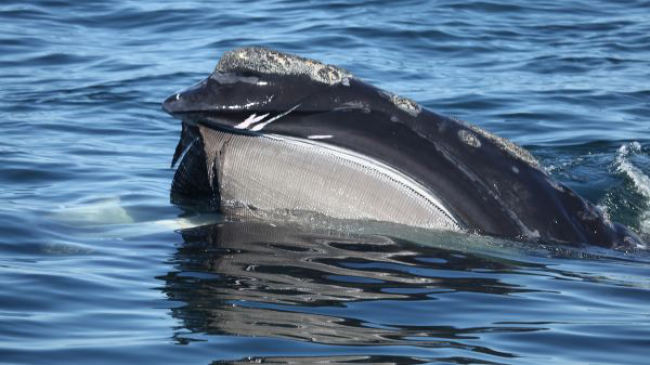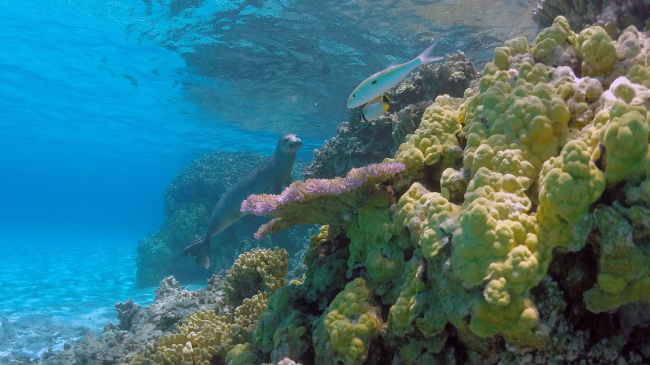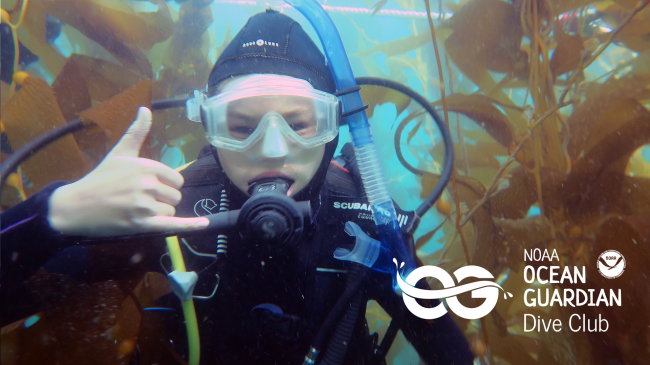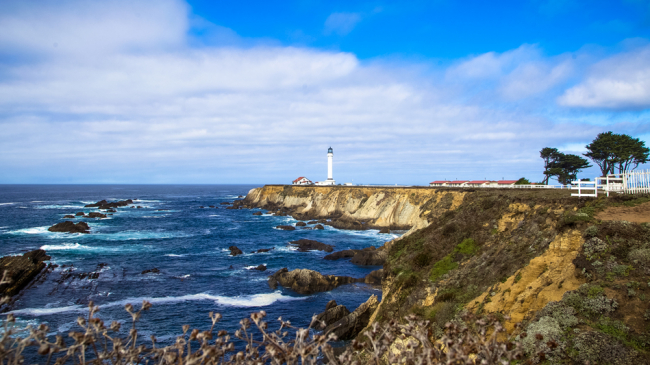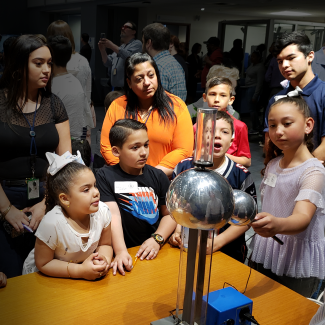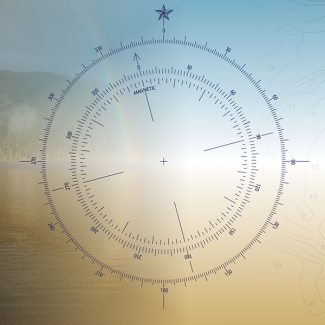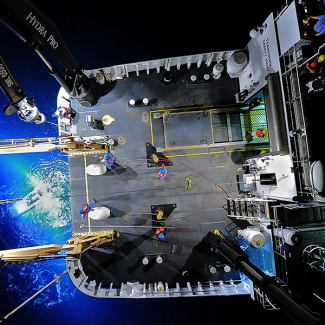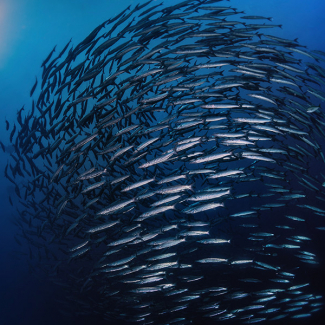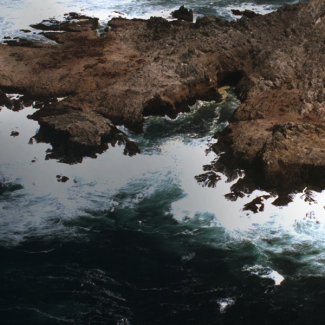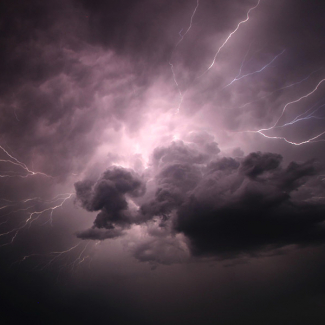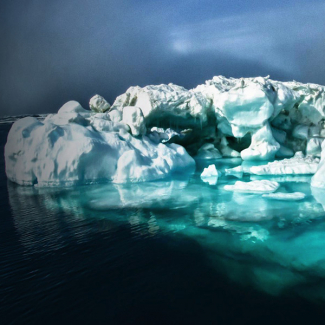
Conserving coastal places provides economic benefits to local communities. These communities rely on dollars spent on activities such as recreation and tourism. NOAA works to conserve marine areas — and preserve the economic benefits of these special places to local communities — through its coastal management and place-based conservation programs. These include Coastal Zone Management, the Coastal and Estuarine Land Conservation Program, the National Estuarine Research Reserve System, National Marine Sanctuaries, and the Coral Reef Conservation Program. NOAA will continue to express the inherent value and national interest in conserving these special places for the American public.
Apalachicola Bay contributes about 90% of the state of Florida’s oysters and 10% for the U.S.
Across all national marine sanctuaries, about $8 billion annually is generated in local coastal and ocean dependent economies from diverse activities like commercial fishing, research and recreation-tourist activities.
Papahānaumokuākea Marine National Monument, in Hawaii, is larger than all of America’s national parks combined!
The National Estuarine Research Reserve System includes 29 locations around the United States that combined protect about 1.3 million acres.
The percent of U.S. waters designated as marine protected areas (MPAs). These areas span the open ocean, coastal areas, estuaries and the Great Lakes. For comparison, about 14% U.S. land is protected.


